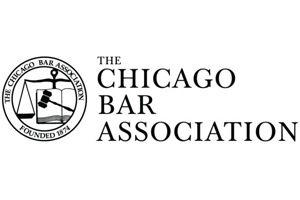Results-Driven
When Considering An Anterior Cervical Discectomy | 07.01.2007
July 30, 2007
For patients suffering with a herniated disc in the neck, conservative treatment may provide little if any relief. When these measures fail, the next step is often an anterior cervical discectomy.
This procedure usually involves a small incision in the front of the neck. The ruptured disc is removed from between the vertebrae. Bone graft is packed into the empty opening between the vertebrae. Over time, the bone graft normally grows into a solid unit. Often, the surgeon may place hardware, including a titanium plate, for further stability and to promote fusion. This instrumentation is almost always permanent.
The actual surgery usually takes between one and four hours. After discharge from the hospital, normally within twenty four to forty-eight hours, a neck brace is usually required for several weeks. Follow up visits typically include x-rays where the surgeon verifies the placement of the hardware. The doctor will also inquire whether any of the pre-operative symptoms such as pain, numbness, weakness or burning subsided. Over time, most patients can expect that their symptoms will be reduced by this procedure.
There are risks of an anterior cervical discectomy.
The risks include infection, excess bleeding, transient or permanent hoarseness, non-union of the bone graft to the vertebrae, anesthesia complications, death, and neurological damage. In some instances, these complications can occur under the best of care. Other times, these complications may be the result of malpractice. Selecting a knowledgeable, experienced, and skillful surgeon can substantially reduce the risk of these complications.







